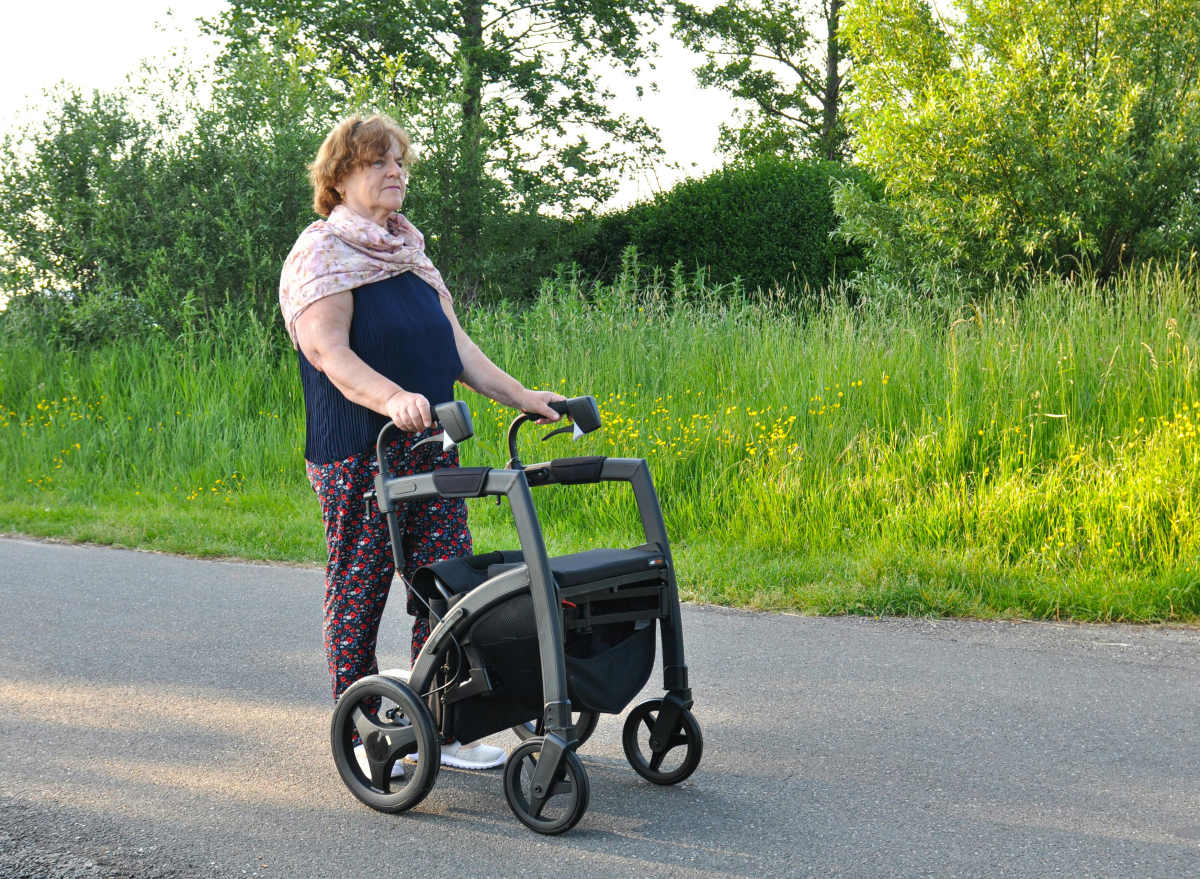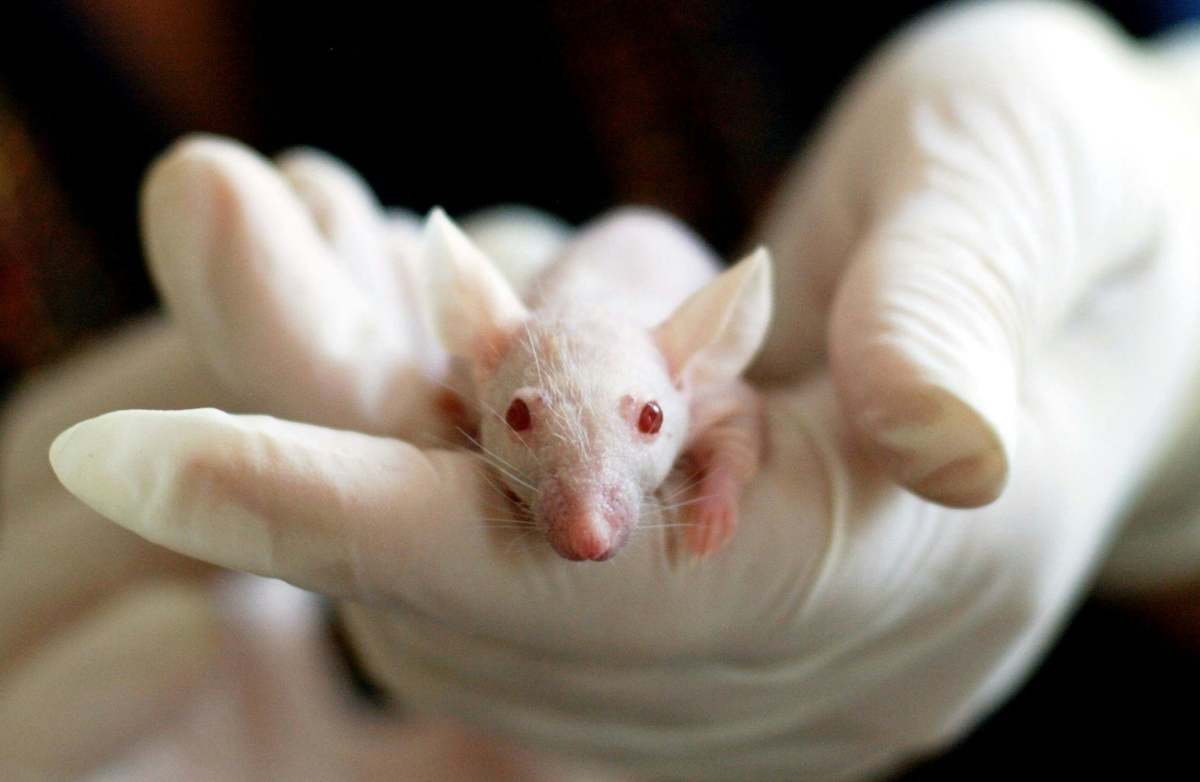Study Suggests Breathing ‘Mount Everest Air’ Could Help In Treating Parkinson’s Disease

A new treatment plan could be formulated for Parkinson's, which may involve the air conditions of Mount Everest. This possible treatment plan is still at its nascent stage, but a series of tests on mice is making experts hopeful. These tests and insights associated with it were published in the journal Nature Neuroscience. The tests essentially showcased that limiting oxygen in the brain could aid in reversing as well as slowing down symptoms associated with the condition. This could be done by keeping subjects in environments where there is less oxygen, like mountains. The results were encouraging enough for experts to start planning out "hypoxia in a pill" drugs to treat Parkinson's and similar diseases.

Through past investigations, researchers figured out that faulty cellular processes led to excess oxygen molecules in the brain, according to the Independent. The examinations also indicated that this build-up is what essentially produced symptoms associated with neurological conditions like Parkinson's. Researchers speculated that excess oxygen disturbed the breakdown of cells in the brain. Seeing this connection between oxygen and brain functions, researchers decided to find whether manipulating its quantity could have any effect on the patients.
To find out if lowering oxygen could improve Parkinson's and similar neurological symptoms in people, researchers turned to a well-established mouse model of Parkinson’s, according to Harvard. Through this methodology, symptoms of Parkinson's could be replicated in mice. It involved injecting alpha-synuclein proteins into the creatures to create Lewy bodies (clumps of protein that develop inside neurons affected by Parkinson's). After the formation of Lewy bodies, the mice were separated into two groups. One was put in normal air conditions with 21 percent oxygen, while the other was put in low-oxygen conditions.

In normal air, mice developed more Lewy bodies, lost neurons, and developed several movement problems after three months. However, in low oxygen conditions, there were fewer dead neurons as well as movement issues, even though Lewy bodies were still created at the same pace. The finding indicated that low oxygen conditions (hypoxia) did not stop the creation of Lewy bodies, but they did reduce their impact on neurons, preventing them from dying.
Researchers further tested this hypothesis by putting mice injected with alpha-synuclein proteins into low oxygen conditions, six weeks after the fact. In this scenario, many of the symptoms that had already started appearing showed a remarkable improvement. Motor skills heavily improved, anxiety-like behavior started to dissipate, and most importantly, neurons started to die at a slower rate. “The fact that we actually saw some reversal of neurological damage is really exciting,” said co-senior author Vamsi Mootha, HMS professor of systems biology and medicine at Mass General and an institute member of the Broad Institute.
Researchers also looked into the brain scans of mice, and ones with Parkinson's symptoms were shown to exhibit more oxygen in certain regions than mice in low-oxygen conditions and other control mice. Experts think that the excess oxygen is a consequence of mitochondria not working properly, because of Lewy bodies. “Too much oxygen in the brain turns out to be toxic, so by reducing the overall oxygen supply, we’re cutting off the fuel for that damage,” Mootha said. The findings indicate that a treatment plan involving hyoxia, which did not attack the Lewy bodies, could be beneficial in people suffering from Parkinson's.
The team is ecstatic about the result, but believes there is a long way to go before proposing it as a viable treatment. Considering the fact that these findings have come from mice and not humans, remains a huge barrier. The team is still moving forward with the development of “hypoxia-in-a-pill” drugs that will cause subjects to function in low-oxygen conditions. “It may not be a treatment for all types of neurodegeneration, but it’s a powerful concept — one that might shift how we think about treating some of these diseases,” Mootha said.
MORE ON GREEN MATTERS
Scientists Find Evidence of Microplastics in the Human Brain
Air Pollution May Put People at a Higher Risk of Dementia, According to Reports
Study Finds That HDL Or "Good" Cholesterol Could Be Linked to Dementia